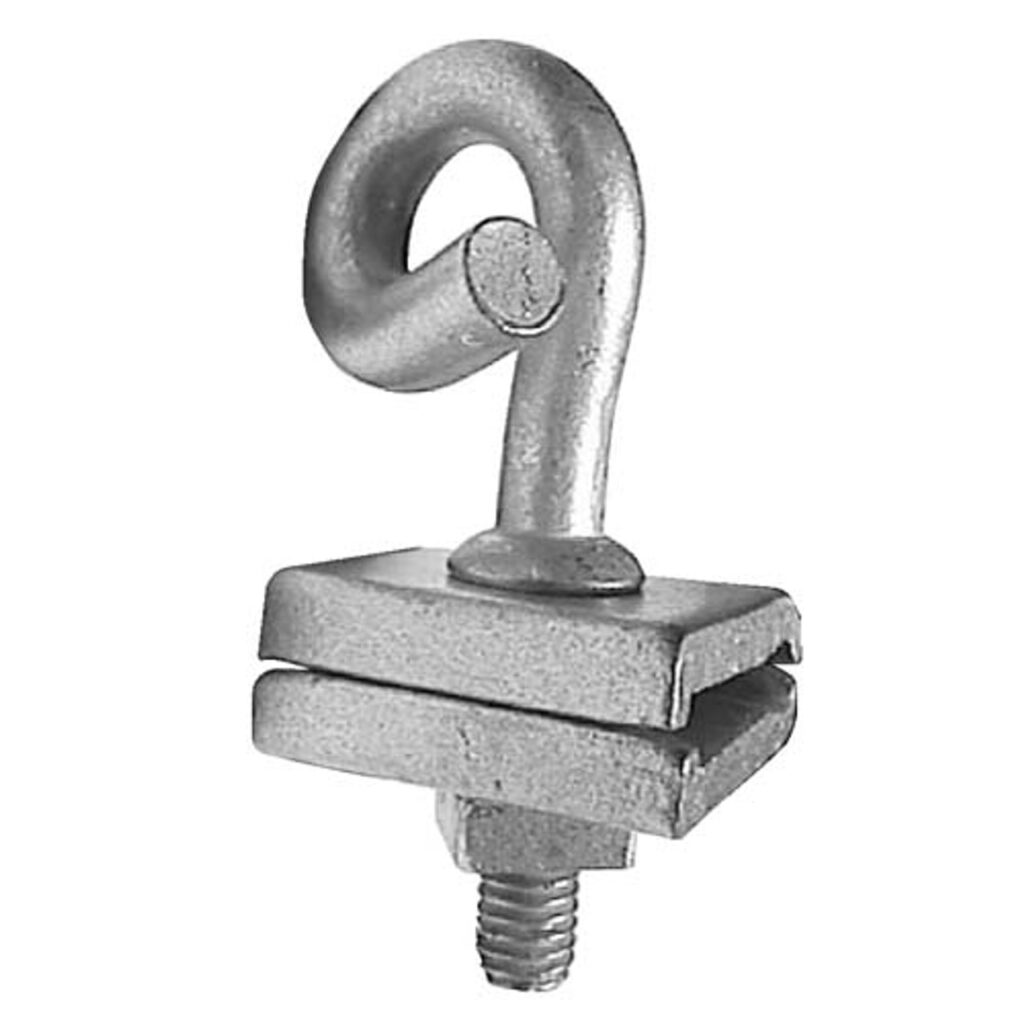
A tool called a span clamp serves to hold and safeguard cables, wires or electrical conductors between two locations. Its metal body features grooves to secure the conductors. Bolts and other fasteners are also included on the clamp to tighten and secure the conductor inside. The insulating materials used in span clamps stop electrical conductivity. Using these clamps ensures the conductor’s stability and integrity. This is while enduring external elements including wind, temperature swings and mechanical strain. Span clamps are from sturdy materials like aluminum and stainless steel. Applications for the clamps include transmission, communications and distribution lines.
The advantages of applying span clamp in your work
By installing span clamps in transmission lines, the grid’s efficiency, safety and dependability are all increased. This happens by giving conductors to the transmission lines safe and reliable support. Additionally, span clamps make maintenance easier and need less effort to install. The several advantages of utilizing span clamps are as follows.
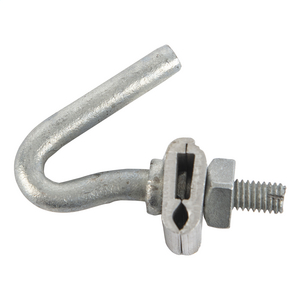
- Safety and dependability – span clamps provide fastened connections between the lines and support structures. They enhance system dependability and can tolerate a range of weather conditions.
- Flexibility – the clamps’ designs allow them to span the space between support elements like towers or utility poles. This is to enable adaptability in the face of diverse elements like topography and extra limitations.
- Support and stability – by preserving cable tension, span clamps keep the lines rigid and stop them from sagging. To safeguard the integrity of the lines, they also lessen vibrations brought on by wind or other disturbances.
- Adjustability – adjustable designs let you control the conductor’s tension and orientation. By doing this, the transmission line’s performance improves and environmental variations are offset.
- Simple installation – using span clamps saves a lot of time and effort by requiring less tools and equipment. Additionally, this shortens project deadlines and lowers labor expenses.
- Durability – materials like aluminum or galvanized steel, which are strong, help to make span clamps. These materials can withstand environmental deterioration and corrosion. They also guarantee the transmission lines’ long-term performance and dependability.
- Insulation – to stop electrical conductivity, the clamps consist of insulating materials. Additionally, it lowers the possibility of electrical malfunctions and guarantees line workers’ safety.
Mid-span clamp certifications
The span clamps should follow various industry norms and regulations. These certifications cover the product’s designs, materials, and production procedures. Additionally, the certifications support performance, safety and quality assurance for a range of applications. It’s also crucial to seek advice on certificates from the local authorities. The several certifications for span clamps are as listed below.
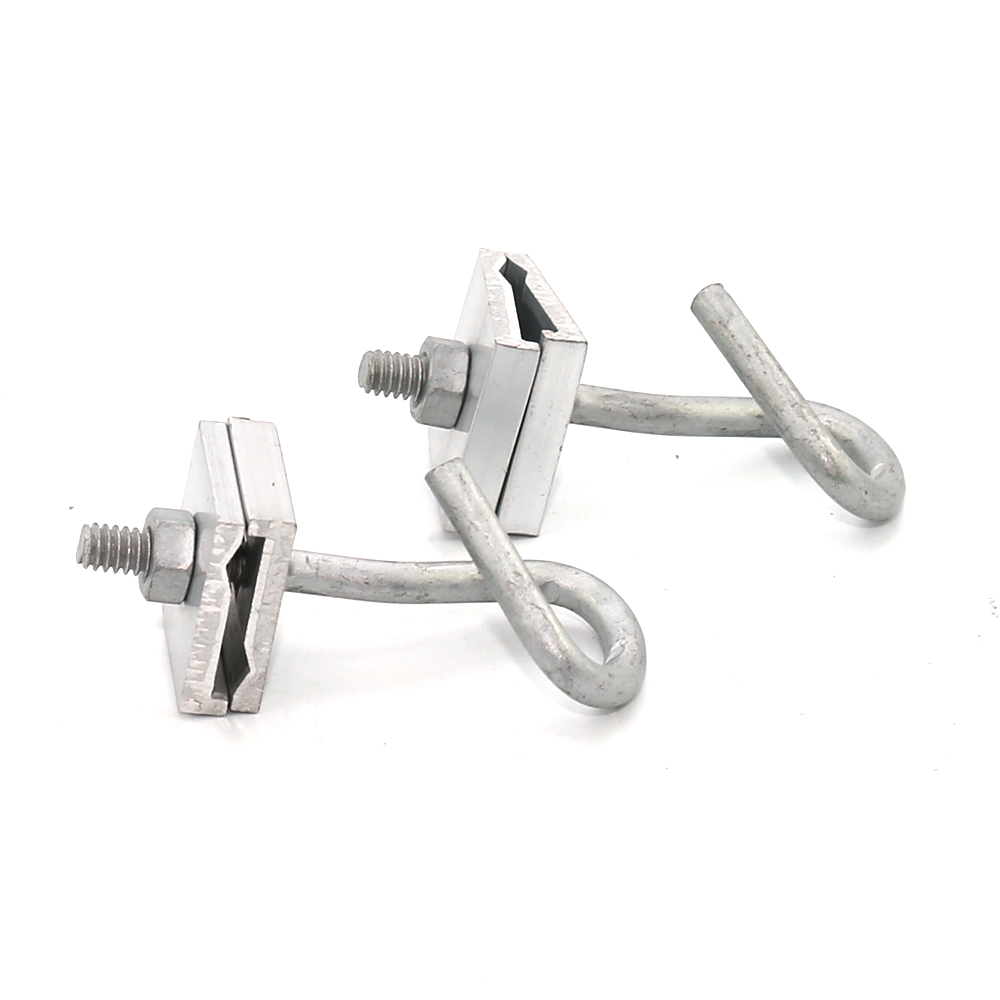
- UL Listing – this is a safety certification body that lists products after assessing and approving their adherence to safety regulations. UL listings are applicable to the parts or materials that went into making them.
- CSA certification – this offers certification services for construction and electrical items including span clamps.
- ISO certification – a quality management system certification verifies that a manufacturer’s operations conform to global standards.
- CE marking – to show compliance with health, safety and environmental protection criteria, span clamps must bear the CE marking.
- ASTM standards – they are specifications for goods and materials used in engineering and construction.
- NEC compliance – to ensure the safe installation of electrical wiring and equipment, span clamps must adhere to NEC requirements.
- IEC standards – IEC standards set the benchmarks for electrical and electronic technology worldwide. This could be relevant to the design and functionality of span clamps.
Varieties of span clamps testing
Span clamps go through a variety of tests to make sure they meet performance requirements and standards. They also contribute to the span clamps’ dependability, toughness and safety for a range of uses. It’s also crucial to seek advice from professionals in the field about the testing that the chosen clamp needs to pass. The several kinds of testing for span clamp are as discussed here.
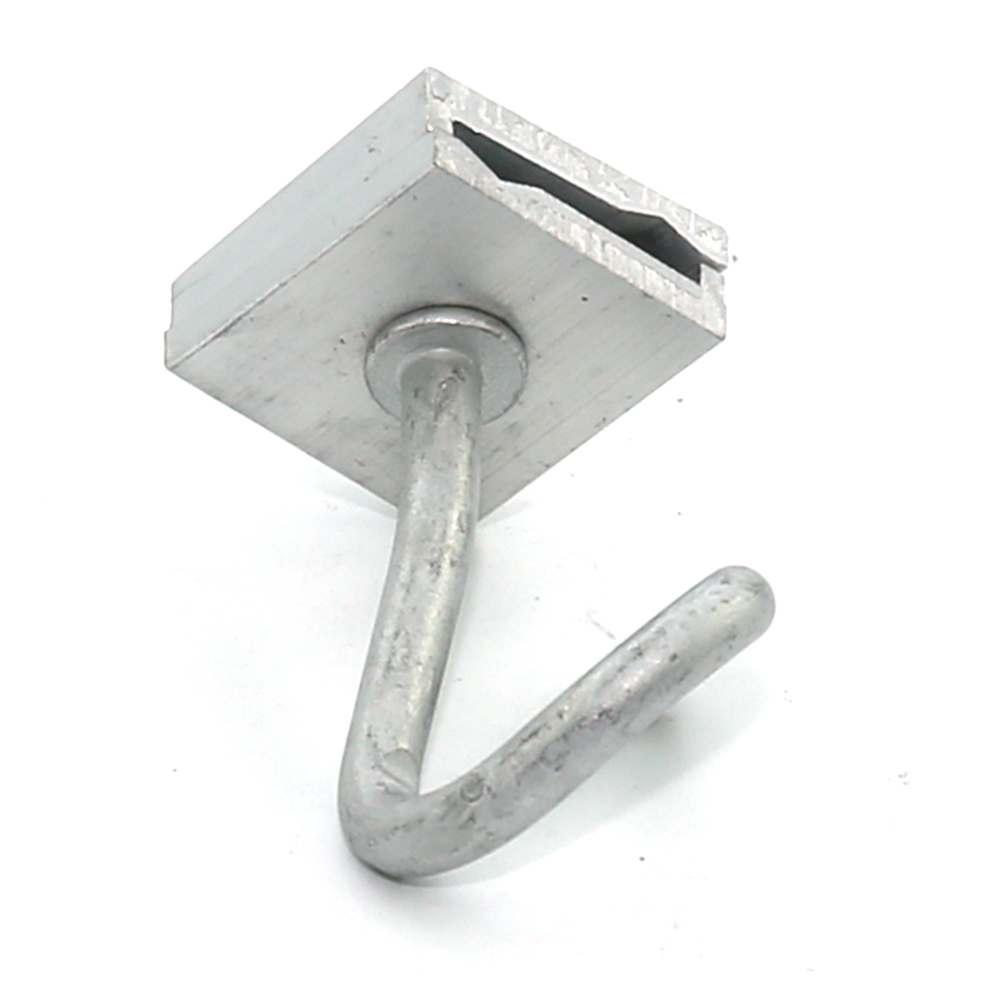
- Corrosion testing – testing for corrosion is the process of determining how resistant the span clamp is to corrosion. Corrosion weakens the effectiveness and durability of the clamps. Spray, humidity, and accelerated aging tests are among the tests.
- Mechanical testing – the span clamps undergo exposure to mechanical stresses throughout the mechanical testing process. This is to test its tensile strength and deformation resistance. Included in these are impact, bending, compression and tension tests. They aid in evaluating the span clamp’s performance under various loading scenarios.
- Environmental testing – this evaluates how well the span clamp functions in different environmental settings. These include extremes of temperature, UV rays, dampness and vibration.
- Material testing – this include examining the characteristics of the metal alloys and other materials used in the span clamp. Tensile testing, hardness testing, and metallurgical analysis are a few possible test types. Their responsibility is to make sure the materials fulfill the required performance norms and standards.
- Electrical testing – this verifies the span clamp’s electrical characteristics. This includes the qualities of insulation. Testing for leakage current, insulation resistance and dielectric strength are among the tests. They guarantee the clamp satisfies electrical safety regulations and guards against electrical malfunctions.
Things to look for when comparing span clamps prices
To guarantee value for your money on a product that satisfies your needs, it’s critical to take into account some criteria. The price of span clamps that fit your budget depends on some criteria. It’s also a good idea to ask dealers and manufacturers for price catalogs. The following variables affect how much a span clamp will cost.

- Design – certain clamps may have unique styles, movable components and extra functionality. The clamp’s price may go up if it has corrosion-resistant coatings and insulating qualities.
- Material – the clamp’s cost depends on by the material used in its production. Composite materials, stainless steel, aluminum and galvanized steel are typical materials. The chosen material varies by some parameters, including environmental conditions, corrosion resistance and durability.
- Brand and manufacturing – take into account how well-known the brand and manufacturer are as this can affect how much the clamps cost. Premium brands having a track record of creating goods of a better caliber could command more money.
- Supplier and manufacturer – cost-saving measures include direct purchasing from manufacturers as a supplier and distribution channel. This contrasts with buying from independent distributors.
- Dimensions and capacity – to accommodate a range of conductor diameters and load capacities, span clamps are available in many dimensions. Clamps with larger capacities are more expensive than those with smaller ones. The rising needs for materials and manufacturing are the cause of this.
- Quantity – if you buy span clamps in large quantities, you might be able to receive volume savings or lower prices.
- Warranty – the value of span clamps can be subject to warranties, post-purchase help and technical support.
- Shipping and logistics – specific handling or specific shipping arrangements may be necessary for large or heavy clamps, which will affect the price.
Span clamps diameters and sizes
The sizes and widths of span clamps differ based on the particular use and kind of conductors they have to support. They come in various sizes to accommodate weights and conductor diameters. To guarantee a safe and dependable fit for the conductors, it is also important to choose a size and diameter range that is appropriate. Several factors determine the precise diameter range. These consist of the anticipated mechanical loads, the application voltage and the kind of conductor. The diameter ranges and sizes of span clamps are as follows.
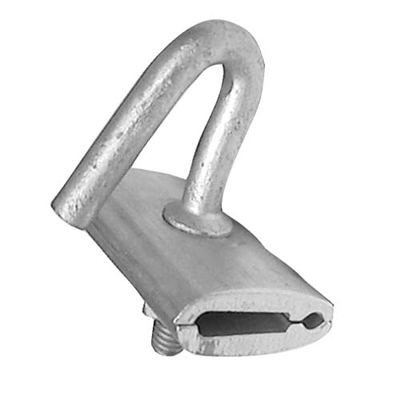
- Smaller diameter conductors used in low-voltage lines have support by small-small span clamps. Their diameters vary from 4.8 mm to 12.7 mm.
- Medium-sized cables used in power lines or telecoms support themselves by these clamps. The diameter is between 12.7 and 25.4 mm.
- Big clamps exist to hold conductors with a greater diameter used in high-voltage transmission lines. The diameters are 15.4 mm and 50.8 mm.
- Flexible span clamps remain possible by their adjustable designs. In keeping a range of conductor sizes within a specific size range, this helps.
- Custom size span clamps have designs to fit certain specifications for load capacity, conductor diameters or applications.
Frequently asked questions
Span clamps go through a variety of tests, including fit and function, environmental, mechanical, material, corrosion, electrical and regulatory compliance tests.
Because span clamps offer stable conductor support, design flexibility, installation ease, durability, adjustability, insulating qualities and standard and regulatory compliance, they enhance the dependability and safety of overhead transmission lines.